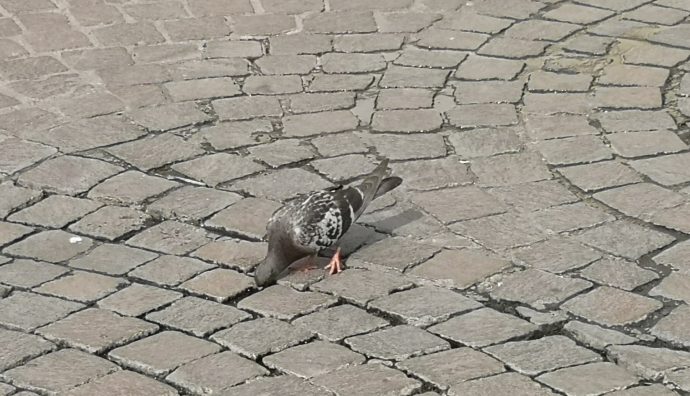In Eastern culture, bowing is an essential element of the relationship. An element that contains a wide spectrum of shades. In Japanese culture, for instance, the ojigi (おじぎ) contains a plurality of meanings: depending on the occasion and the relationship there is a, let’s say, “proper” bowing, as a rule of etiquette. At this link you can read a very well written article about bowing in Japan.
It is one of the expressions of a culture that, unlike others, does not encourage physical contact in social interactions. A culture that, paradoxically, in the creation of modern Budo has exported disciplines of prolonged contact (i.e. Judo, Aikido) all over the world, inserting the elements of its own etiquette (nomenclature, posture, bows).
Therefore, on the one hand, social relations, which are rather rigid in form. On the other hand, some practices, in which the same people who would never, ever hug each other outside a dojo to express their feelings, get to grips, crawl their faces where just a second before there was an other person’s foot…
In our latitudes, bowing remained fundamentally in the sphere of religious worship and in some forms of reverence in the institutional and military spheres. It is certainly not something you see in everyday relationships between people.
It is not unlikely that a Westerner is fascinated by the idea of formal rigor that a martial discipline can evoke; just as an Oriental can see in this practice a safety valve for the physical expression of his own relational sphere.
In any case, in our area, the etiquette required in a martial practice is reduced to six moments: starting and ending the class, the greeting with the practice partner, before and after the exercise and at the end of the class and posture during the explanation of techniques.
Haste, the habit of other forms of communication, concentrating, to use a simile, only on the painting and not on the frame, can lead to not giving the right weight to this form of relationship.
However, if you practice a martial discipline, you are walking on a path that makes body aptitude a privileged channel of communication. Look, posture, tone of voice, distance, timing, intention… In a simple bow there is a sort of cliff notes of Budo and it would be nice to keep it in mind more often, to give more value to the commitment with our fellow practitioner, with our sensei, with ourselves.

